CES 2022 struck me as an example of “on the other hand.” What I mean by this, is that fellow Mac Edition Radio editor Nancy Burlan and I debated whether to even attend CES, which began on January 3, 2022. On the positive side, she hadn’t been to Las Vegas in years (apart from our numerous visits going through Las Vegas Airport) so we thought it would be fun for her to experience the show. On the other hand, we had the very real and pervasive fear of catching COVID. The Consumer Technology Association (CTA) assured CES attendees that everyone involved – workers, attendees, and exhibitors – all needed to show proof of vaccination, via uploading that information on the CLEAR app. We were given Abbott Laboratories COVID test kits at registration. As the show continued, we were also invited to come and get extra kits if we wanted, which came in very handy, as we will explain later.

Before entering the show floor, all attendees were given an Abbott Laboratories COVID-19 rapid test kit.
Everyone we encountered at the many events and venues was wearing a mask, and had the mandatory proof of vaccination. As we walked through the hallways of the Mandalay Bay hotel toward our first press event, CES Unveiled, I told Nancy tales of CES past, where there were long lines of attendees waiting to get in, some desperate with hunger and thirst, ready to fight for a Lagavulin with spring water. But as we walked up to the entrance of the event, we found velvet ropes ready for a queue, but no lines at all. So, we walked right in, grabbed the obligatory signature cocktail (it could have been a massive international faux pas not to), and took a socially-distanced look around. The lack of a crowd definitely gave us more time to see the exhibits and talk with the vendors and a few old friends. But, it was clear from the reduced size of the venue and the number of empty booths that many exhibitors had chosen not to come this year at all, many deciding to bow out at the last minute. There were many of our colleagues from the press missing too.

In case you desire more excitement than a high-end audio system can provide, John Goodale shows off a newly-announced Battle Station gaming console from
Glytch Gear. It’s “designed to comply with professional eSports tournament specifications.”
Still, there were some old standby exhibitors, along with some newer European companies and start-ups. We loved the MoonBikes electric snow bike. Not a snowmobile, not a bike, it was a lot of fun to consider what it would be like to ride it. There was a nifty autonomous farm robot, the Orio, and lots of electric motorcycles and scooters. Even Segway has entered the scooter market. The significance of what seems to be a trend towards electric motorcycles and bikes can’t be overstated. They weren’t just designed for basic transportation, but also aimed at businesses looking for an environmentally-friendly, low-cost, low-maintenance transportation device. Motocross enthusiasts might like them too.

From Moonbikes, the world’s first electric snowbike. Because not all leisure-time activities involve sitting in front of a pair of speakers! At 200 lbs, it’s far lighter than a traditional snowmobile, and from what Nicolas Duperret told us, they are tons of fun. Ski resorts are already using them.
Ivo Roos, Niels Willems, and colleague, of Butcher of Blue Racing with the BREKR
Model B E-bike, all the way from the Netherlands. “Brekken” means having outrageous fun in the dialect of the Dutch region of Achterhoek. We asked to drive it, but weren’t allowed. Drat.
The food and drink at CES Unveiled were great, and there was a friendly mood in the room. The major computer products company Other World Computing was there, showing off cool new accessories like super-speedy external hard drives, and a few audio companies like Jabra, Shokz (makers of bone conduction headphones), and Edifier were also exhibiting. We saw lots of visitors from other countries. Other World Computing was a perfect fit for CES, as it began life in founder Larry O’Connor’s family barn, and has grown into one of the best-known names in storage and upgrades. For us, the best part of CES isn’t the multinationals, but small businesses seeking to help a niche in need, and OWC is a prime example of that.
Having loads of fun, Karl Bateson, Calum MacDougall, and colleagues at audio company Jabra showed a number of headphones and other products at CES Unveiled.
The theme of Pepcom’s Digital Experience was “Welcome Back to the Future,” so, naturally the show required a beautifully tricked-out DeLorean in the middle of the Mirage showroom. Florian Oelck, Alexander Pantos, and Sergiusz Wiza, from Acronis Software, took a moment away from the Other World Computing booth, to check out the Flux Capacitor and see how quickly it would charge their phones.
We attended Monday’s Media Days events, of which there were noticeably fewer than in previous years. We enjoyed the Doosan Bobcat and Indy Autonomous Race Car presentations. Bobcat showed off one of their newest products, an electric tractor! We were sitting next to a gent from the mayor’s office in San Jose, and chatted about the potential he envisioned for a quiet, non-polluting, construction vehicle for some applications, especially residential, for which this new electric Bobcat could be a vitally important tool. (The price was never mentioned.) As car geeks, we enjoyed listening to a tech discussion about fully autonomous gasoline-powered Indy cars that would be racing out at the Las Vegas Motor Speedway as part of CES. What interested us was learning that the automotive computers a), weren’t all that powerful; and b), still had lots of problems to deal with like connectivity, vibration, and build quality. Let’s face it, racing on a track, even at almost 200 miles per hour, isn’t as challenging as say, navigating a street in the Bronx. But, with students getting the opportunity to work side-by-side with industry people, this was all win-win. Or should I say “Vroom, vroom!”
Tuesday was a return to Media Days at Mandalay Bay, again with a severely truncated schedule. We attended some talks, and planned what we wanted to see at that evening’s press event, Pepcom’s Digital Experience! at the Mirage. We would have liked to talk more about audio, but for the most part, not too many folks from the audio world were exhibiting at the Media Days events, except for Victrola, Audeze, and a few others. Compare that with past shows, when the Venetian Tower used to have seven floors dedicated to audio, then five, and ultimately, CES 2020 had only one and a half floors.
We met with VisiSonics, some fine folks based out of Maryland, who were showing off their 3D spatial audio system, but that was it for the Venetian. We decided to visit the Venetian Convention and Expo Center (formerly the Sands Expo and Convention Center), which hosted a dramatically scaled-back version of Eureka Park, a showcase for startup companies, with large pavilions from a host of different countries taking center stage.
What was most striking was how easy it was to maintain social distancing this year compared to previous years. With the reduced number of exhibitors, there were lots of open spaces, and the aisles were most often free of people, so ironically, it was the nicest, most relaxed CES I have experienced. If I was an exhibitor, shelling out my company’s hard dollars for a much smaller audience, I might not feel the same.

The show floor at the Venetian Convention & Expo Center (formerly the Sands Expo Center), one of the many official CES exhibition venues.

Make a note of it: Lisa Wind with the novel Steri-Write touchless pen sanitizer. Sign of the times…
One difference between the 2020 and 2022 versions of CES were the number of e-bikes or variations of them on display. Every event I attended had them. However, by Thursday, I wasn’t feeling well, so I had to bail on visiting the e-bike demonstration track at the Las Vegas Convention Center (LVCC) which we had heard would be lots of fun. Before the conference, Nancy and I made a decision not to attend the LVCC, just to stay clear of as many of the more-crowded spaces as possible for health reasons. Instead, we concentrated on the evening press events.
Once again, many folks had pulled out of the Digital Experience!, but there were still enough companies represented to make it worthwhile. From GAF showing solar cell roofing material, to headphones manufacturer Audeze, there were plenty of vendors to meet with. The theme of the Pepcom event was “Welcome Back to the Future,” complete with an actual DeLorean tricked out and ready for time travel, and our favorite, large ice sculptures that bartenders poured drinks through. It turns out that while they were crowd favorites, to the bartenders they were a royal pain, since they required constant cleanup on the part of the bartending staff. Still, everyone seemed to like taking photos and selfies with the ice, so the sculptures continue to be one of Pepcom’s signature crowd pleasers.
One of the most important aspects of CES is the diversity of countries that participate. The Netherlands’ pavilion in Eureka Park included the company Nowatch, who were offering what they called the first “awareable” biomonitoring smartwatch. (They were also at ShowStoppers.) For Nancy, who was experiencing ShowStoppers and the Digital Experience! in Las Vegas for the first time, it was a chance to see the shows she had attended in their New York guises on the grander scale of CES, and sure enough, the grandeur of the Wynn hotel sure beat the pants off of the Metropolitan Pavilion in New York.

Hylke Muntinga, Tessa Lippmann and Michiel de Koning showing off the Nowatch smartwatch.
For audio, there were few products on exhibit. Audeze displayed its FILTER, a nifty new small, portable planar speaker for office use. At the Venetian Expo center, we came across an easy-to-miss display in the middle of the QNAP booth featuring the Munich M1T Streamer from Silent Angel, although there wasn’t a way to listen to it, as the exhibit was more of a demonstration of QNAP products, switches, NAS storage devices, and a new line of Thunderbolt 4 NAS units. They did, however, offer a new NAS designed specifically for home audio and video playback and streaming, the HS-264.
Sankar Thiagsamudram holding the Audeze FILTER compact planar speaker.

A Munich M1 network music streamer setup from Silent Angel, hidden away in the QNAP booth in the Venetian Convention & Expo Center (formerly the Sands Expo and Convention Center).
Victrola showed off their Revolution GO, a nifty battery-powered portable turntable and the step-up Premiere V1 Turntable Music System (see Don Lindich’s CES report in Issue 154). Of note is their switch to phono cartridges manufactured under their own brand.

Who says vinyl isn’t portable? Don Inmon of Victrola with the Revolution GO portable rechargeable turntable.
I think that what struck me the most about CES 2022 was the feeling of “then vs. now.” In previous years, the line just to get into the Unveiled, ShowStoppers, or Pepcom press events was hundreds of people deep. But in 2022, we just walked right in. We give a lot of credit to the CTA, and everyone else who gambled (Las Vegas pun intended) on the show going forward as planned, and those who made the effort to attend. There are stories of private jets being chartered to ferry sick employees home from the show, and we did feel reassured by the mandatory vaccination policy and the sight of so many folks wearing masks.
A colleague, Jamie Lange, and Ronnie Madra at the Earos exhibit, showing what the company touts as high-fidelity hearing protection for use at concerts and such. Because no one, especially audiophiles, wants noise-induced hearing loss. We haven’t had a chance to test them, or any other protection, since the pandemic put an end to our attending concerts for now.
Sometimes you had to look hard to find audio products at CES 2022. Dan Cass and Valerie Wilson showed off the Liddle Speaker, a small, Bluetooth-compatible speaker that attaches magnetically to a surface such as the back of a phone and costs $29.99 retail. Its large sound belied its diminutive size.
What we want to know is, how does it compare to the least-advanced sucking-type hand dryer? And more to the point, have any of us seen a sucking-type hand dryer? Perhaps it’s the wave of the future, as the device could capture aerosolized droplets instead of spreading them.
When I went to bed that Wednesday, I didn’t feel great, but chalked it up to my normal burning the candle at both ends approach to life. The next morning, when I drove to the airport to drop Nancy off for her flight home to Philadelphia, my throat was sore, my body was a bit achy, and I had developed a cough. I decided that it would be best for my CES experience to end that day, so I just headed back down the I-15 toward Orange County, California, where I was visiting and assisting my mom. The next morning, I tested myself using one of the Abbott-supplied test kits and had a negative response, but a second test the next day showed I was COVID-positive. So, after enduring the worst of the pandemic since March of 2020, like millions of people around the world, I finally (or perhaps inevitably) caught COVID-19. I never had a fever, no sweats or chills, no gastro adventures; just a sore throat, and felt a bit achy and very fatigued. My 92-year-old mom wasn’t feeling well either, and she also tested positive, but I was able to score her some Paxlovid, an experience that deserves an article unto itself.
We discovered that no one actually wanted to know about my test results. It turns out that the CTA had no easy reporting option, nor did Clark County, nor did Nevada or California. The reported data is only from hospitals, or test centers who are required to report results. So, what was the purpose of giving all of us test kits? Well, it was certainly useful as a diagnostic tool, especially with serial testing, but it didn’t provide any insights into how we got the virus. How did we get it? We don’t really know, but according to the folks I spoke with at several health departments, our arrival Monday night, and our first signs on Wednesday night, didn’t really take place in a long enough time frame to place the blame on CES. Before going to CES, we visited several Apple Stores on January 1, and on the 2nd, had dinner at a Chinese seafood restaurant in Garden Grove, CA, and took a trip to Trader Joe’s and Costco. So, at least according to the experts we spoke to, that’s most likely where we were exposed (and no one was doing contact tracing). Nancy, for her part, returned home, felt fine, and had several negative test results. We were immensely grateful to have been triple-vaccinated, as well has having had the flu vaccine, all of which combined to our ability to fight off the virus to the best of our immune systems’ abilities.

Badge stickers that CES provided to communicate the wearer’s desired level of engagement with others. What’s missing was a sticker for “Please hug – I’ve been all alone listening to Qobuz in my basement for the past year!”
Ben De Castro, Christian Gormsen, and Pio Schunker were excited about their new line of Eargo hearing aids.
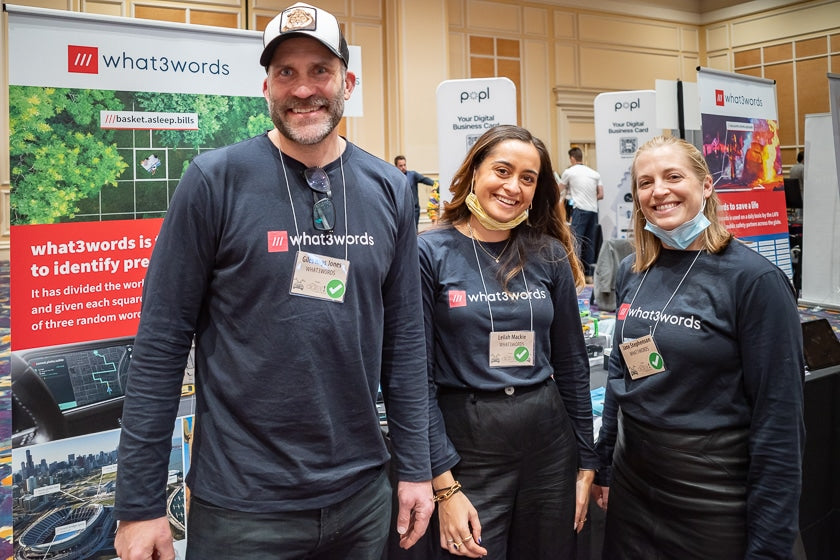
World-class tech: Giles Rhys Jones, Leilah Mackie, and Jane Stephenson of
what3words, a company that divides the world into three-meter squares and gives each square a name consisting of three words for subsequent geolocation.
Was CES worth attending? In some ways, yes, and on the other hand, not so much. It was disappointing to have so many colleagues and companies absent, which contributed to a general lack of momentum. And while we didn’t visit the LVCC, in an attempt to avoid at least a few of the most crowded venues, we did have a great time, and learned about some interesting new products. What we didn’t miss was attending the keynote addresses. I’ve never figured out why anyone cares about the lavish keynotes, which are usually brief overviews on one topic or another but with few useful technical details. Rarely are those talks up to the level of the Steve Jobs keynotes of the past, where the intersection of showmanship and technical gravitas combined for fun and informative times.

Trading places: Dr. Thomas Coughlin, creator of the former IDC StorageVision conferences, where you used to be able to rub elbows with the likes of Steve Wozniak and Buzz Aldrin, and learn about trends in data storage technology from the field’s top engineers, all in a relaxed setting.
Quite possibly the most important story of the show had no fancy trappings. It was just a small booth in The Netherlands Pavilion at Eureka Park. Windmills are a large part of the renewable energy landscape, but there is one huge challenge in implementing them. Offshore wind farms and floating solar power plants generate lots of electricity when it’s windy or sunny, and often overproduce power, but as of now, electrical grids have little storage capacity for their output. Ocean Grazer, a startup company in The Netherlands, has a unique approach: large-capacity, long, tubular “balloons” that are located underwater, at the base of the windmills. They fill up with water from pumps that are driven by electrical power, and when needed, the water pressure can be released to drive a turbine that generates power in times of need.
There are other everyday advancements, like the acceptance of GaN (Gallium arsenide) devices which can provide more power than other types, in a smaller, cooler-running form factor with less power loss. We thought Ocean Grazer had a genius idea that makes perfect sense: use the ocean as your battery. Pretty nifty, not unlike the practice of pumping water to higher spots, only to release it to turbines when demand is higher. The difference is that pumping water requires massive amounts of energy. The Ocean Battery concept is currently undergoing tests, so, who knows, maybe your next set of monoblocks will be powered by ocean pressure.
It was important to see that the industry continues to move forward, despite the challenges we are all experiencing in these fraught times. Let’s hope things will be better by CES 2023, in whatever iteration or shape it takes.

Nancy Burlan wearing
Vuzix Shield smart glasses, which can be fitted with prescription lenses, and deliver 3-D augmented reality imaging.

Expecting to fly: Harris Fogel in the
SkyDrive zero-emissions flying vehicle. Courtesy of Nancy Burlan.


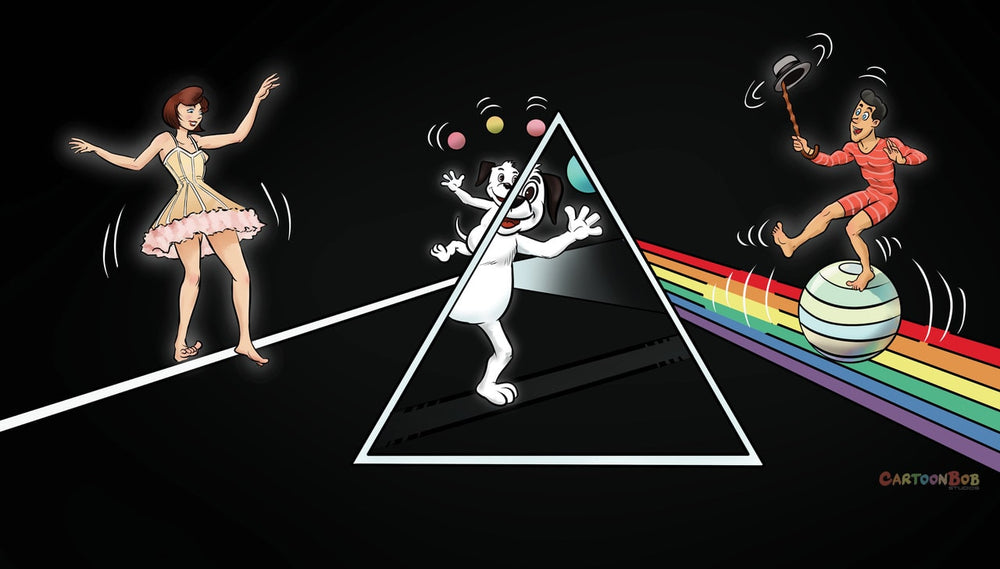
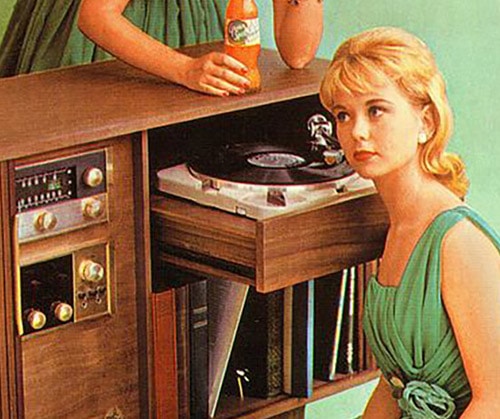
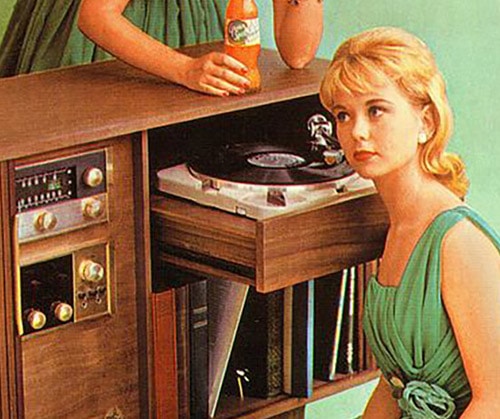






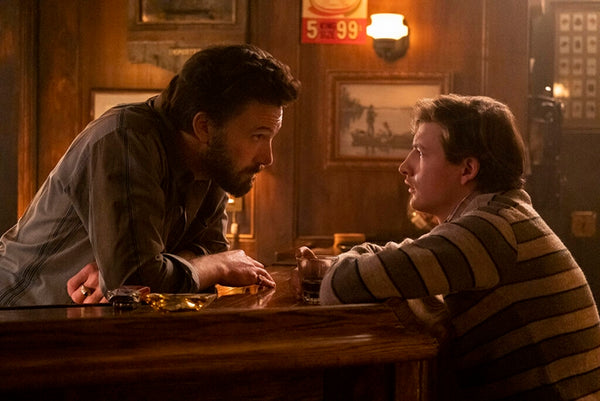
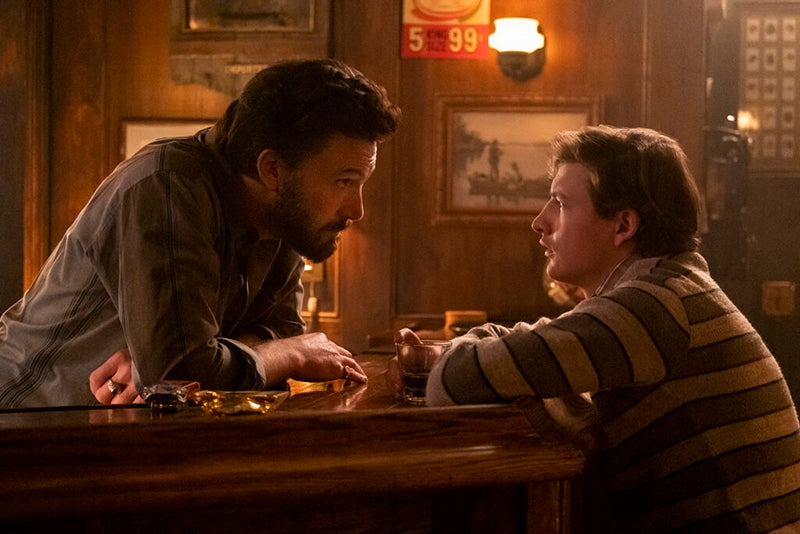

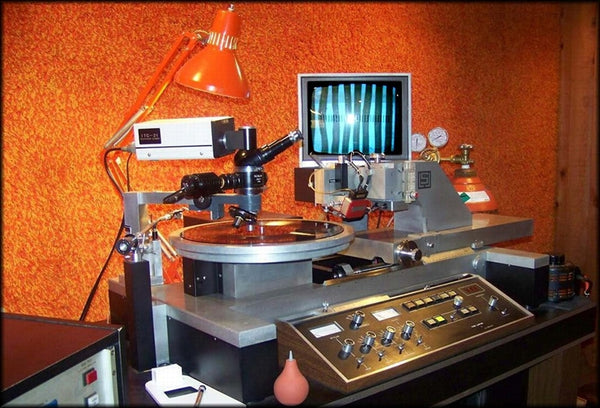
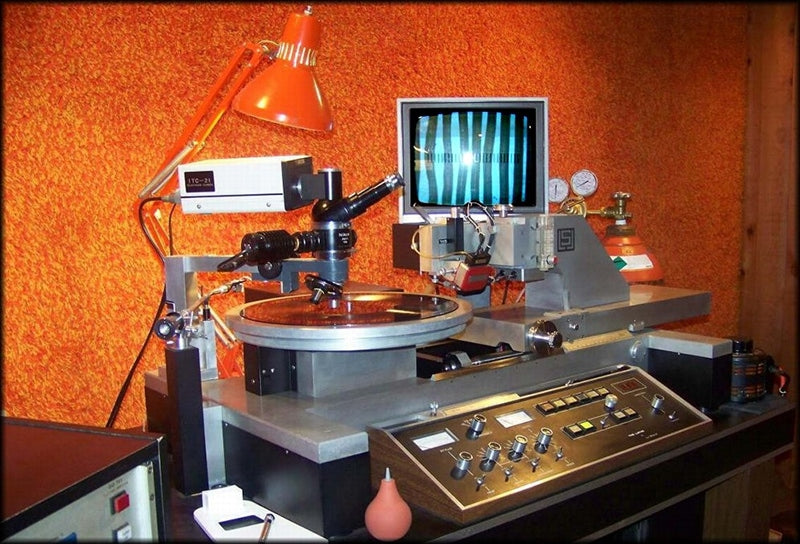





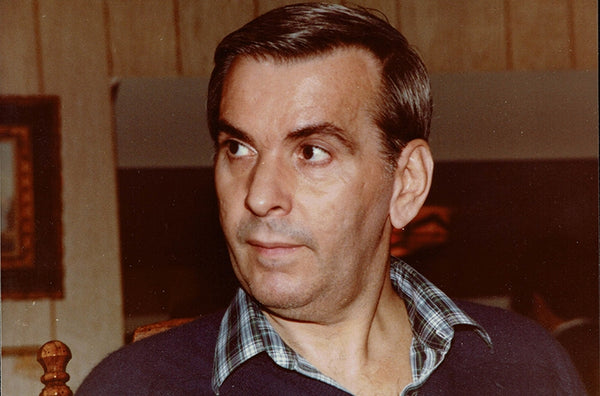
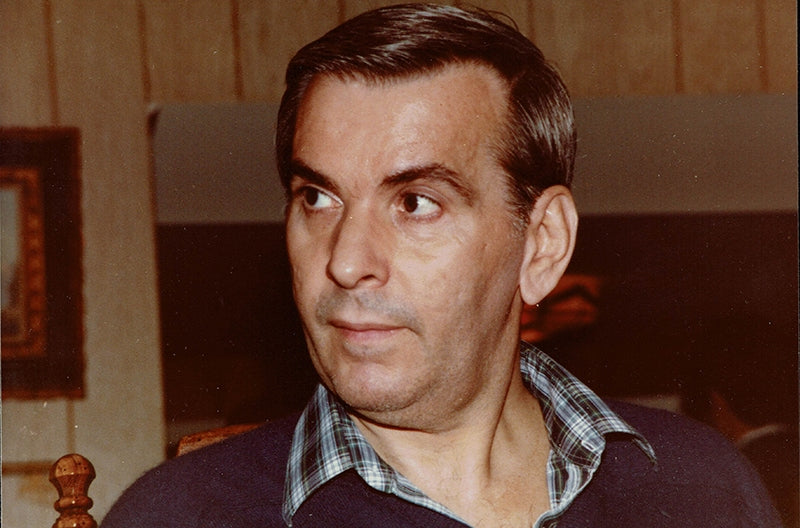



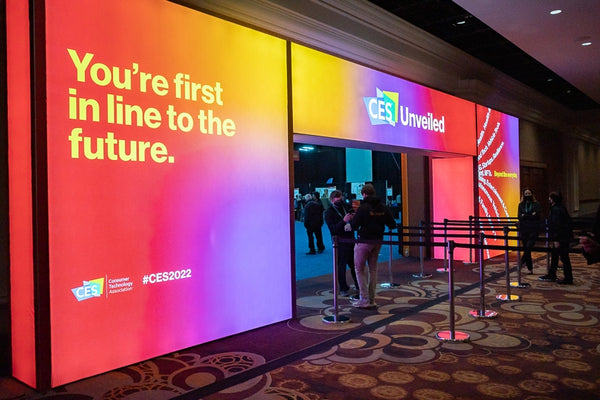
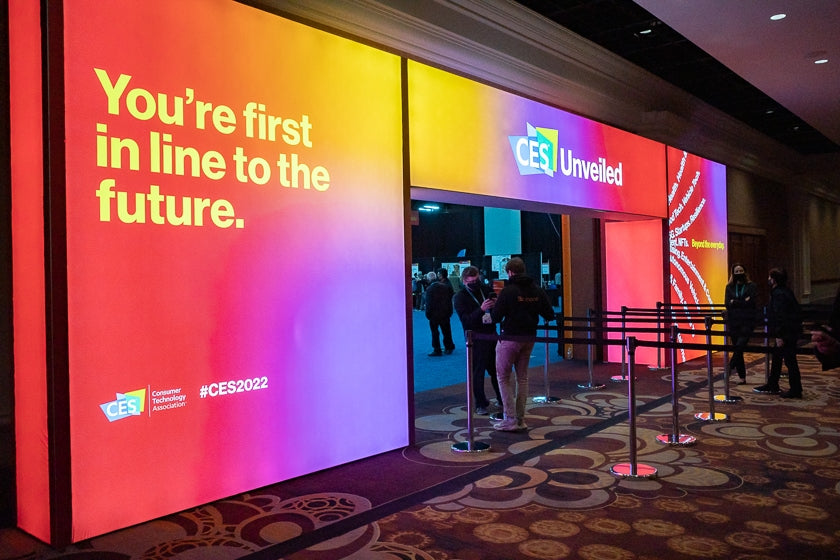

 In case you desire more excitement than a high-end audio system can provide, John Goodale shows off a newly-announced Battle Station gaming console from
In case you desire more excitement than a high-end audio system can provide, John Goodale shows off a newly-announced Battle Station gaming console from 




 Make a note of it: Lisa Wind with the novel Steri-Write touchless pen sanitizer. Sign of the times…
Make a note of it: Lisa Wind with the novel Steri-Write touchless pen sanitizer. Sign of the times… Hylke Muntinga, Tessa Lippmann and Michiel de Koning showing off the Nowatch smartwatch.
Hylke Muntinga, Tessa Lippmann and Michiel de Koning showing off the Nowatch smartwatch.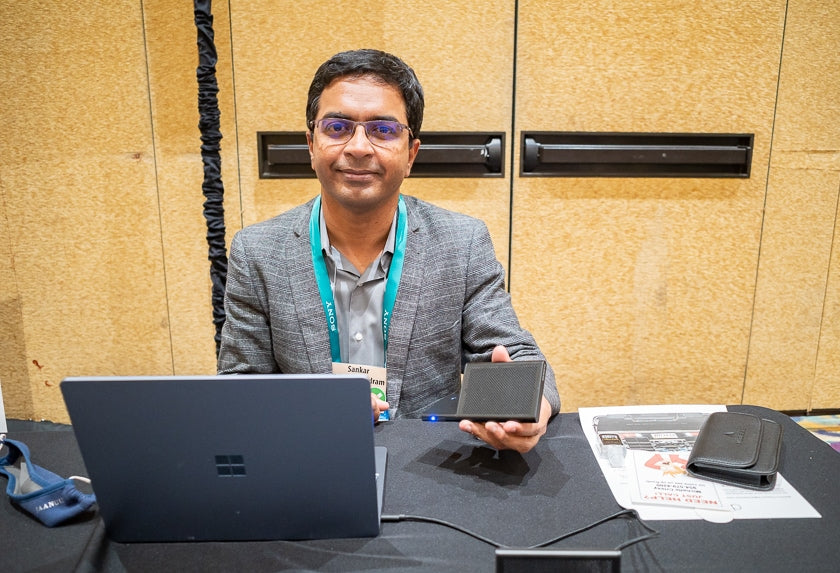
 A Munich M1 network music streamer setup from Silent Angel, hidden away in the QNAP booth in the Venetian Convention & Expo Center (formerly the Sands Expo and Convention Center).
A Munich M1 network music streamer setup from Silent Angel, hidden away in the QNAP booth in the Venetian Convention & Expo Center (formerly the Sands Expo and Convention Center). Who says vinyl isn’t portable? Don Inmon of Victrola with the Revolution GO portable rechargeable turntable.
Who says vinyl isn’t portable? Don Inmon of Victrola with the Revolution GO portable rechargeable turntable.




 World-class tech: Giles Rhys Jones, Leilah Mackie, and Jane Stephenson of
World-class tech: Giles Rhys Jones, Leilah Mackie, and Jane Stephenson of  Trading places: Dr. Thomas Coughlin, creator of the former IDC StorageVision conferences, where you used to be able to rub elbows with the likes of Steve Wozniak and Buzz Aldrin, and learn about trends in data storage technology from the field’s top engineers, all in a relaxed setting.
Trading places: Dr. Thomas Coughlin, creator of the former IDC StorageVision conferences, where you used to be able to rub elbows with the likes of Steve Wozniak and Buzz Aldrin, and learn about trends in data storage technology from the field’s top engineers, all in a relaxed setting. Nancy Burlan wearing
Nancy Burlan wearing 
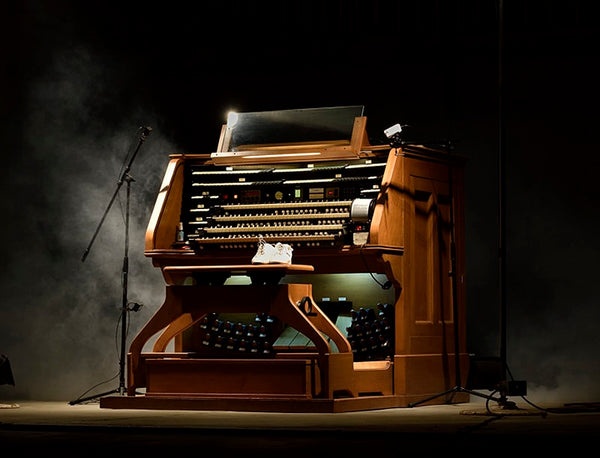
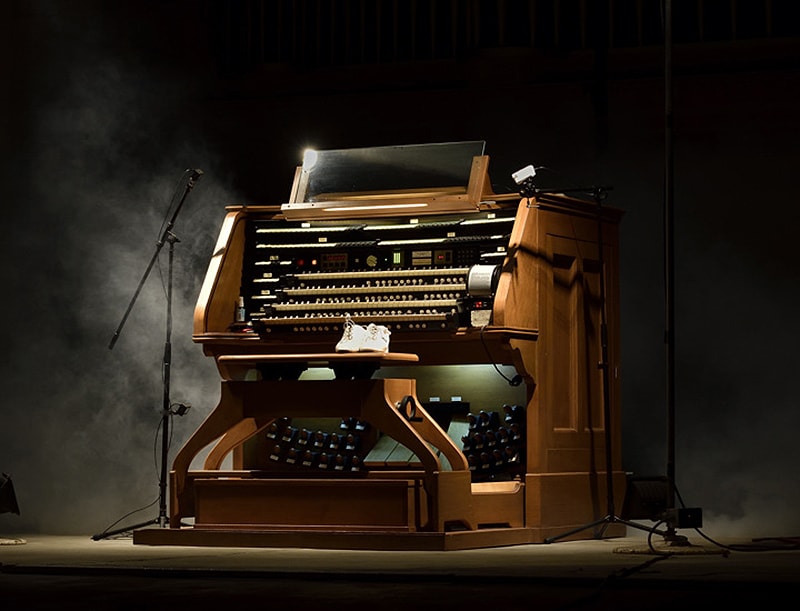
 Organist Raúl Prieto Ramírez.
Organist Raúl Prieto Ramírez.
 Setting up mics for recording.
Setting up mics for recording.

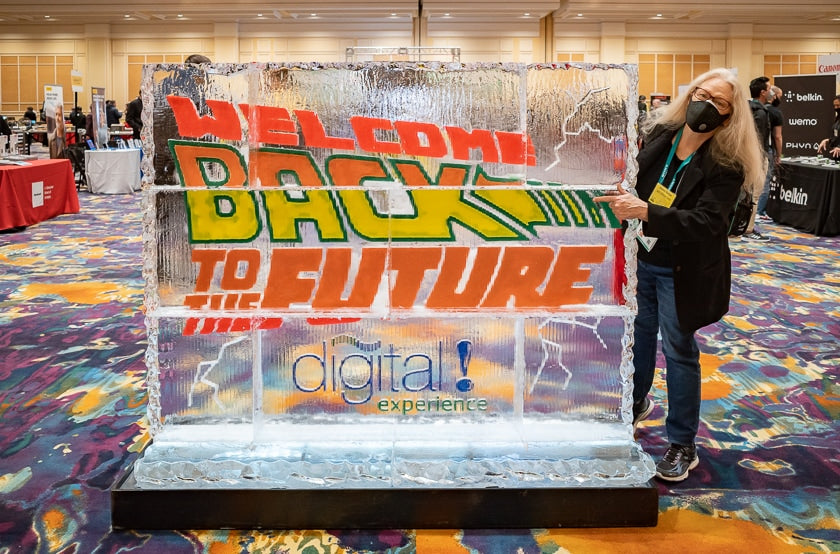

 Edifier NeoBuds Pro Hi-Res Audio wireless headphones.
Edifier NeoBuds Pro Hi-Res Audio wireless headphones. Shure Aonic 40 headphones.
Shure Aonic 40 headphones. Cambridge Audio Alva ST turntable. Courtesy of Don Lindich.
Cambridge Audio Alva ST turntable. Courtesy of Don Lindich. Meze Audio Liric headphones.
Meze Audio Liric headphones.


 Madison Square Garden, New York, typical of a venue that would pay music licensing fees. Courtesy of
Madison Square Garden, New York, typical of a venue that would pay music licensing fees. Courtesy of 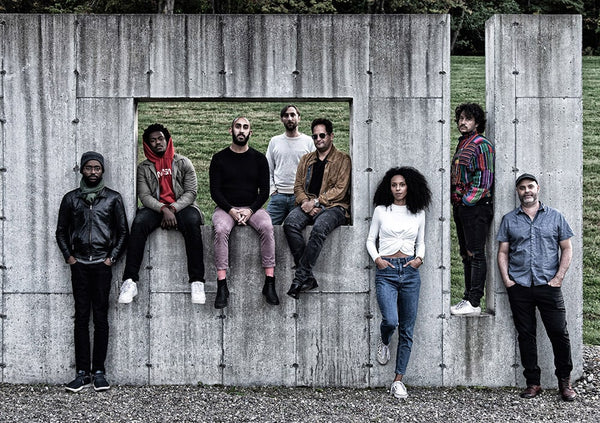
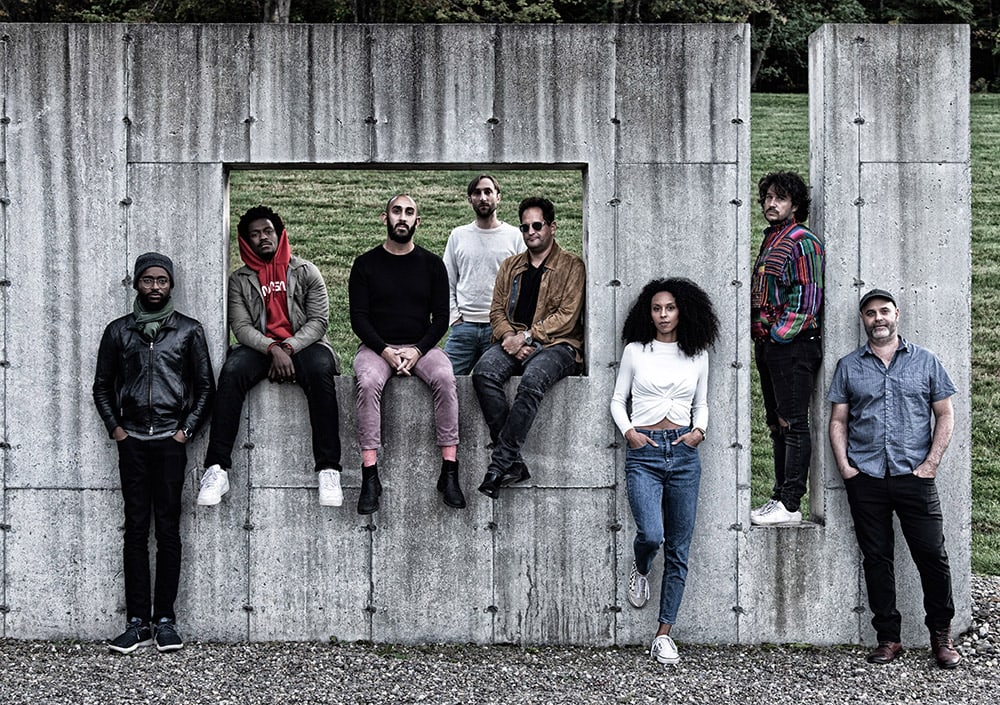
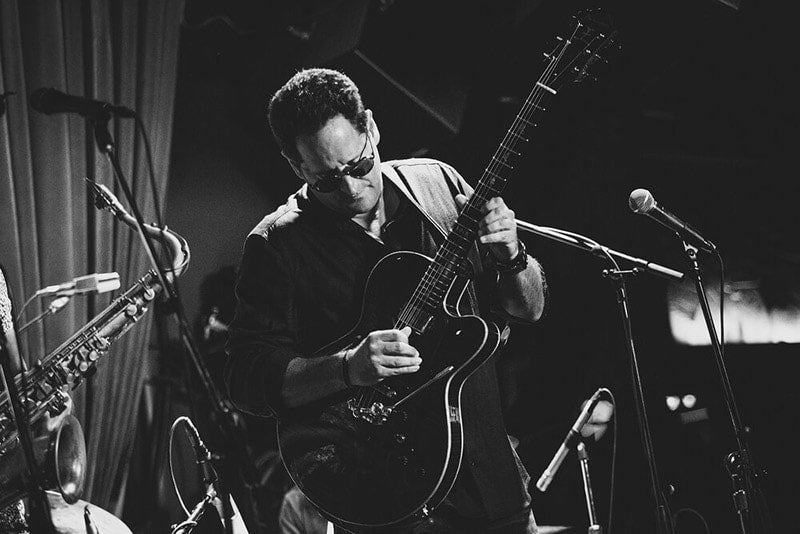 Gideon King.
Gideon King.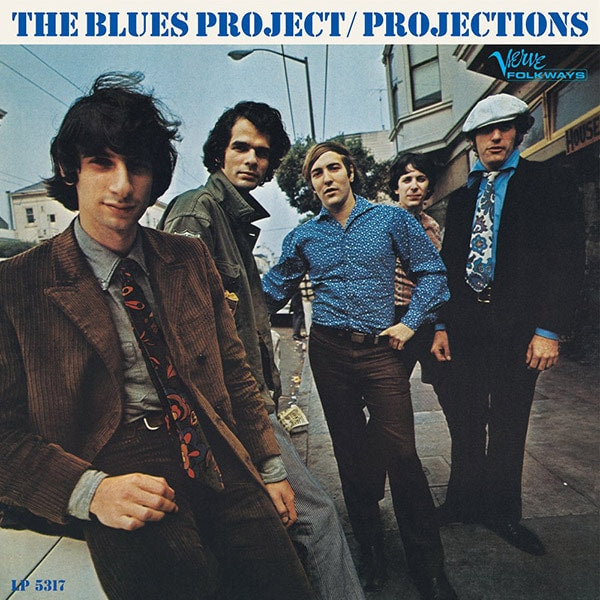
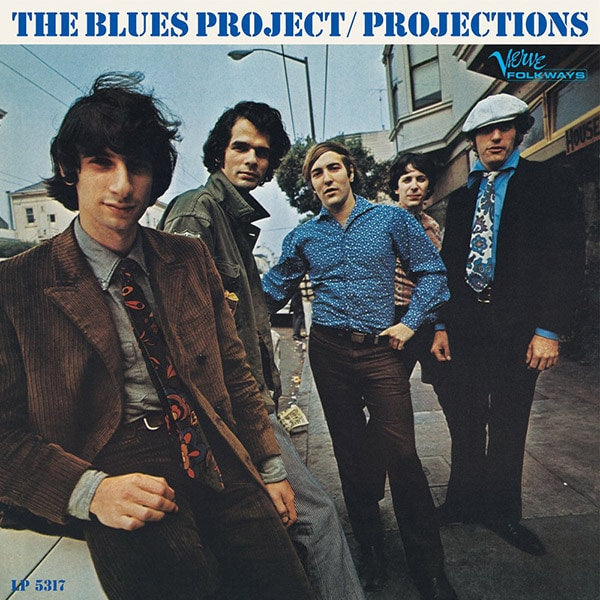
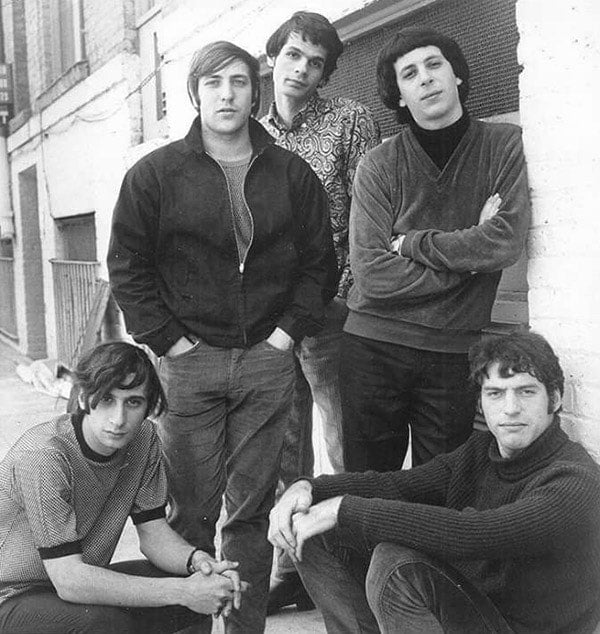 The Blues Project.
The Blues Project.



 Courtesy of
Courtesy of 





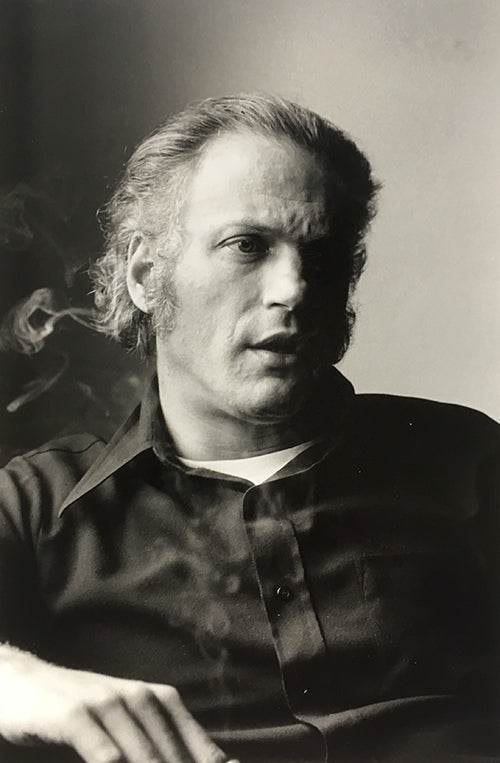
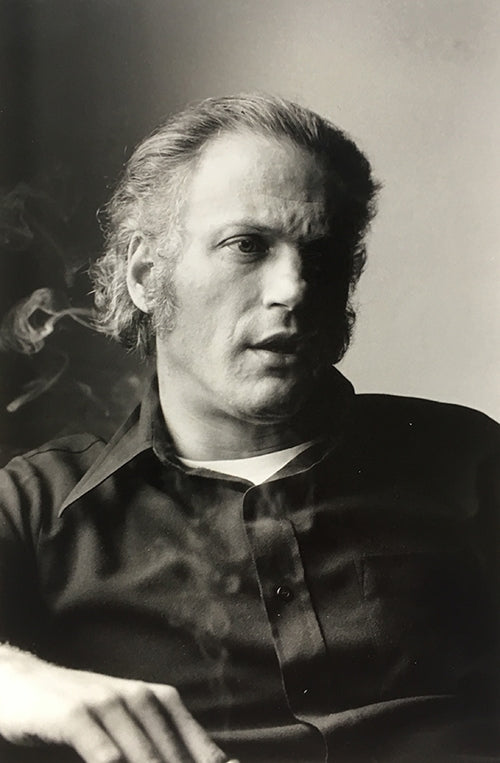
 Praise, Vilification, and Sexual Innuendo, book cover.
Praise, Vilification, and Sexual Innuendo, book cover.
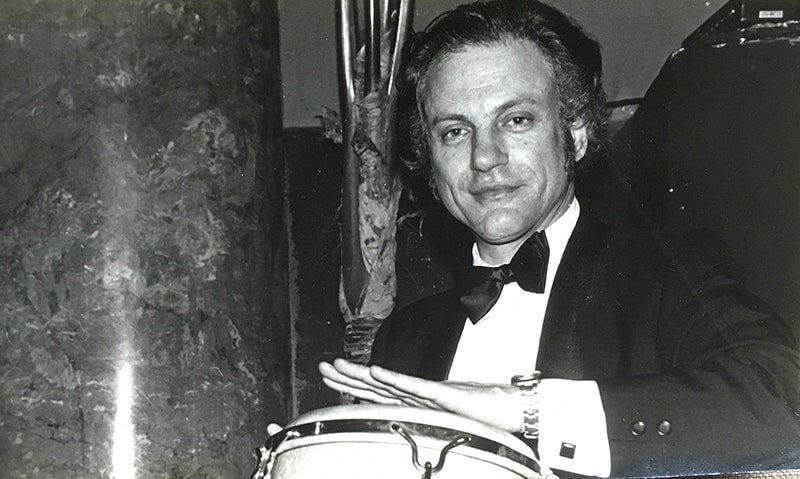
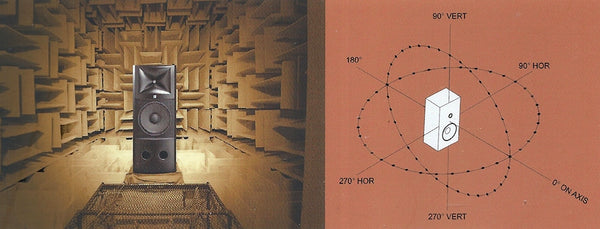
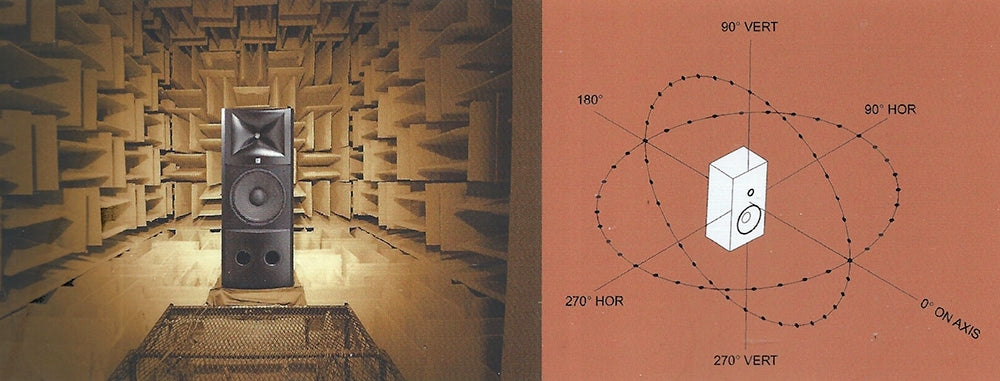
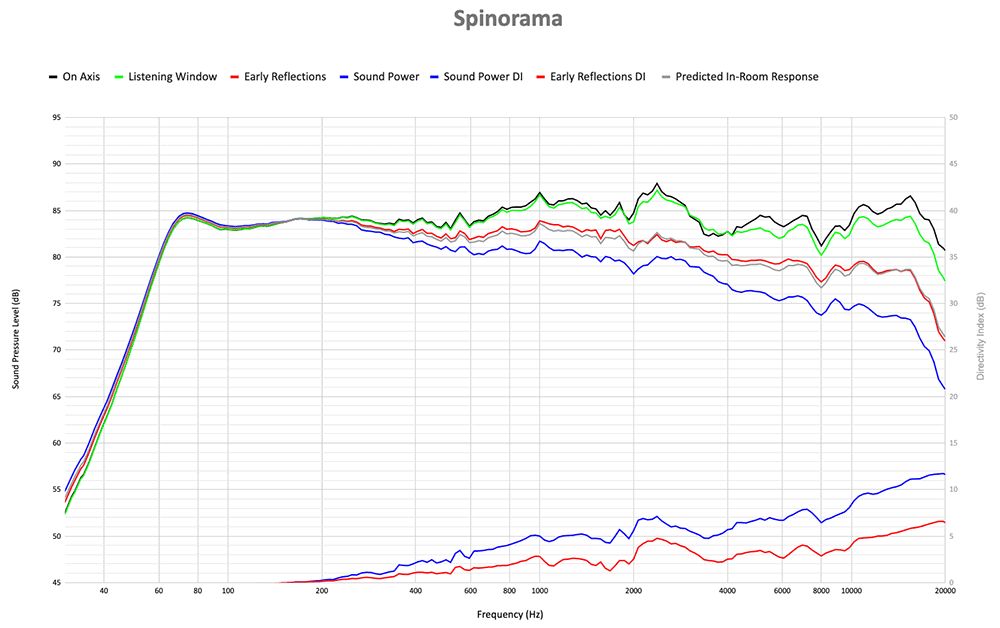 Spinorama plots for Pioneer SP-BS22-LR loudspeaker. Courtesy of
Spinorama plots for Pioneer SP-BS22-LR loudspeaker. Courtesy of 

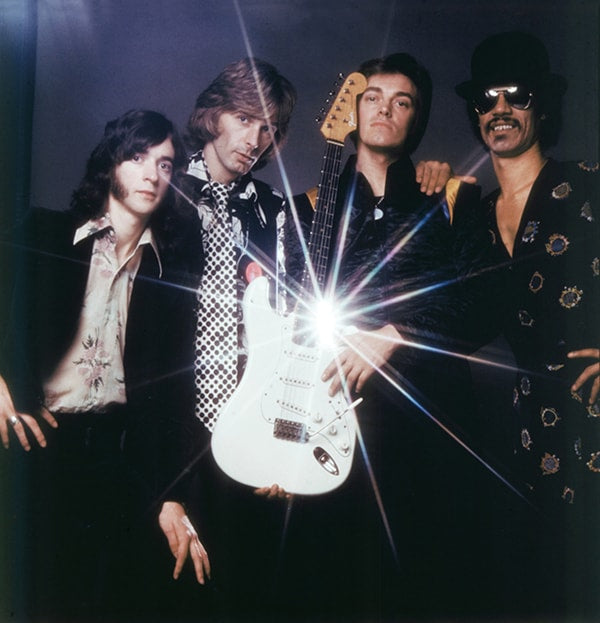
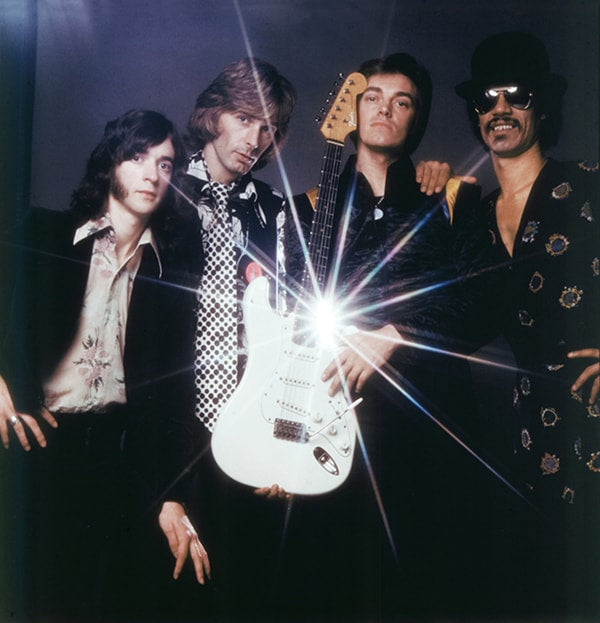
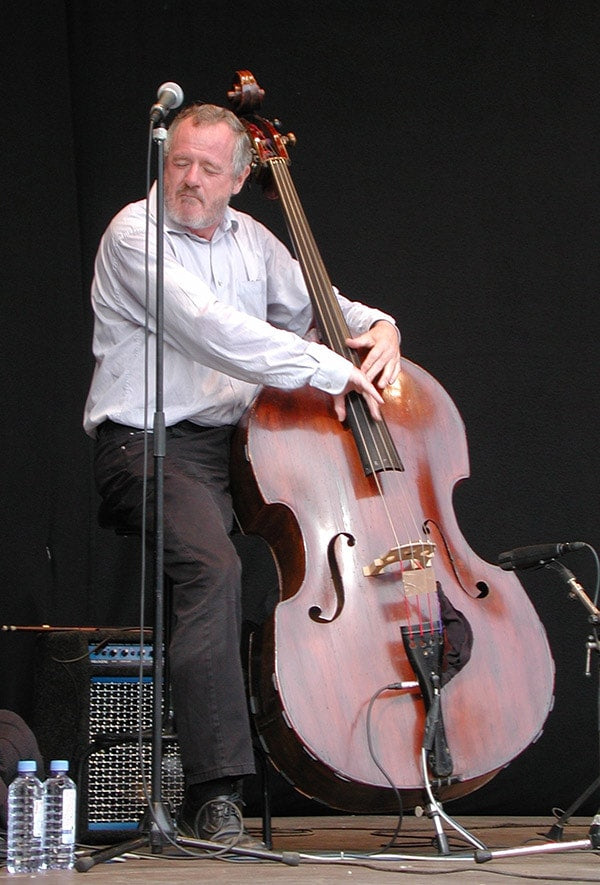
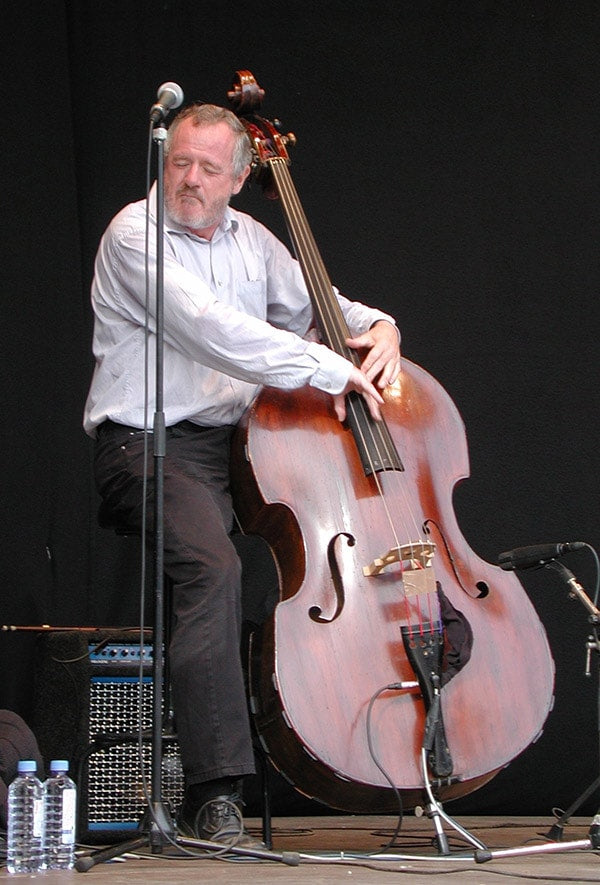
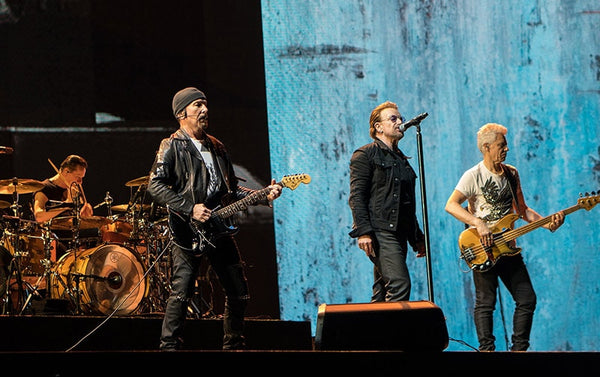
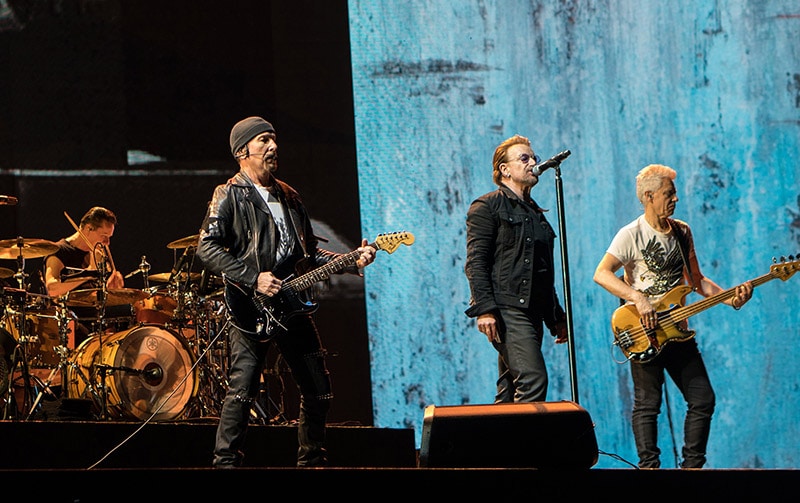
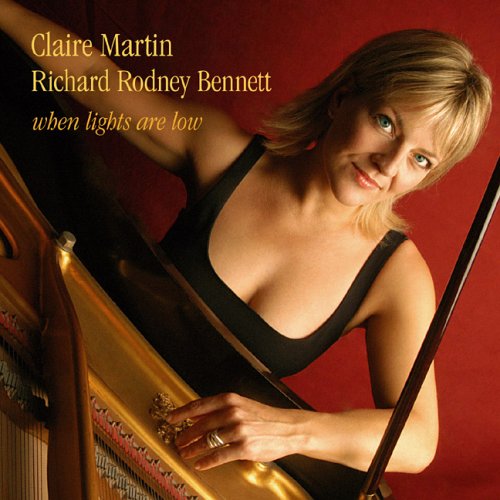
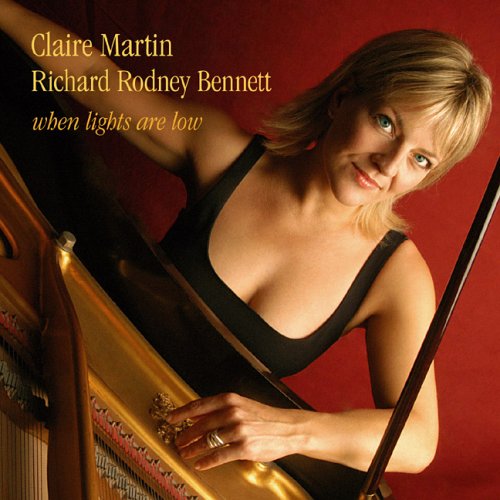
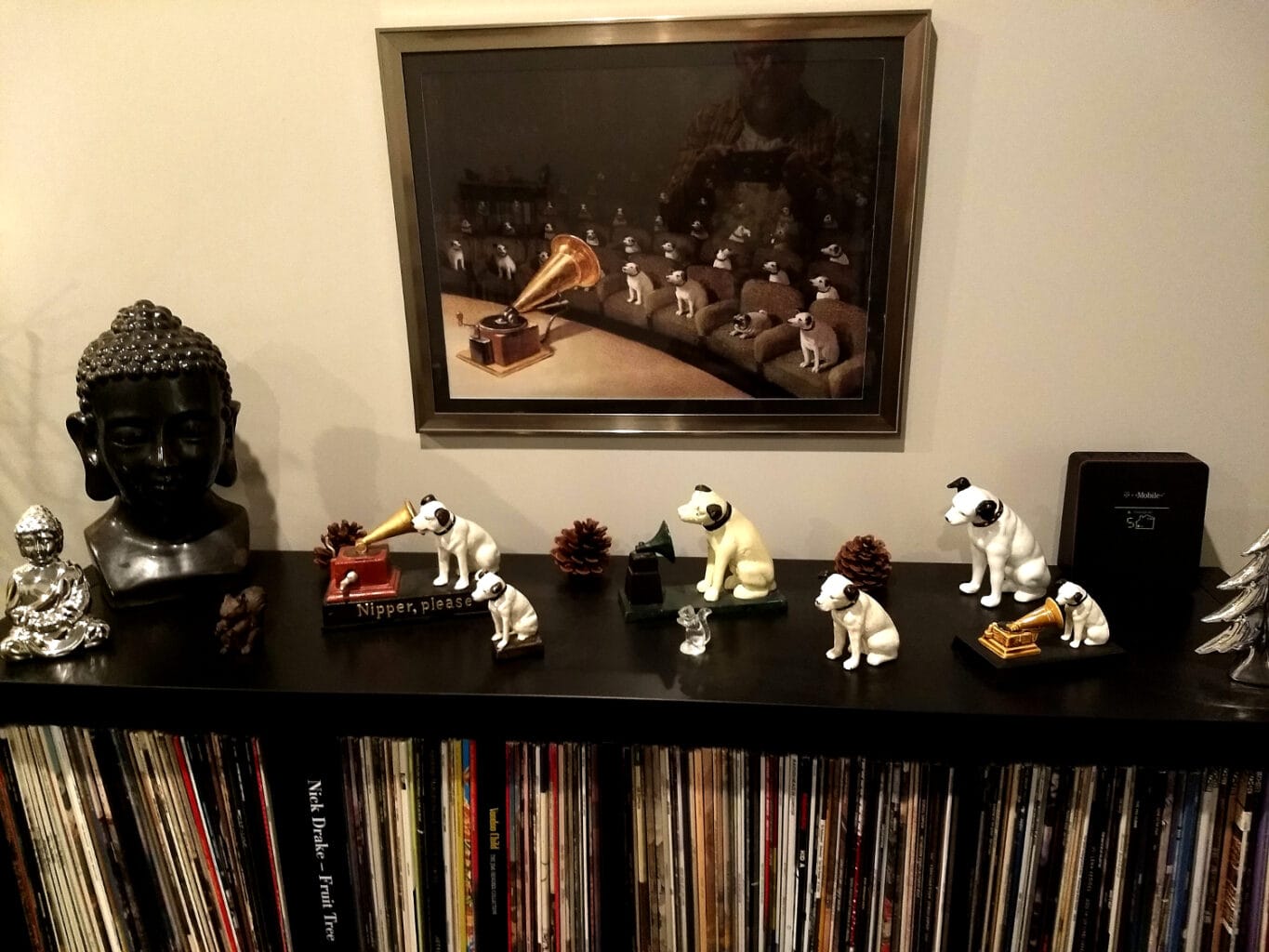 Courtesy of Tom Gibbs.
Courtesy of Tom Gibbs.